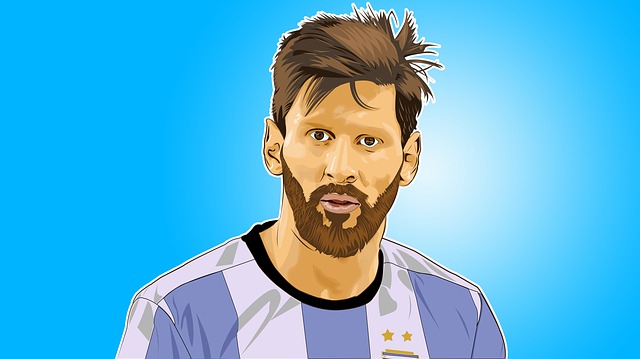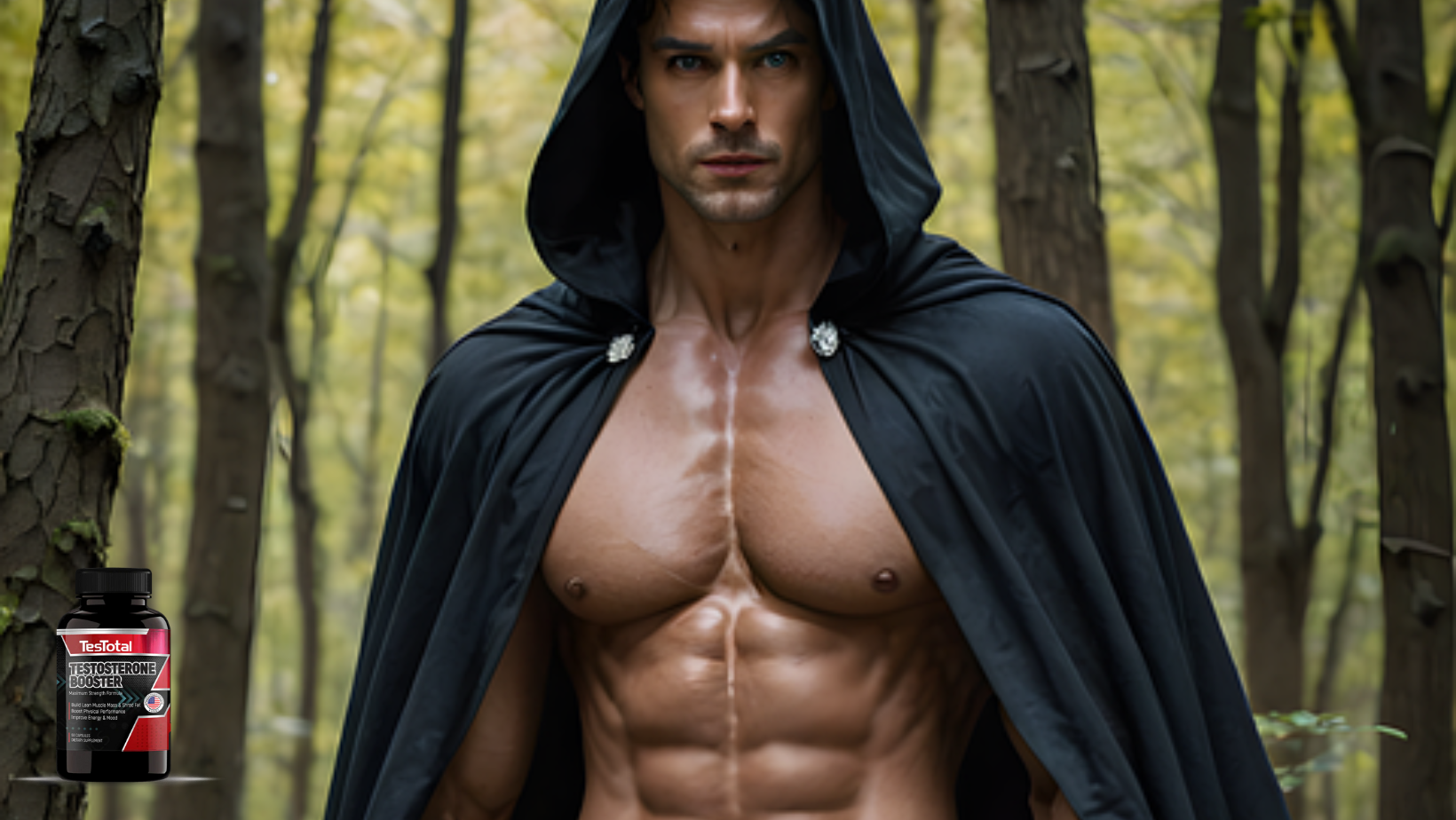Lionel Messi, also known as Leo Messi and born on June 24, 1987 in Rosario, Argentina, is a forward who competes for Argentina at the international level.

Messi started playing football with the teams Grandoli and Newell’s Old Boys in his native Rosario, Argentina. He joined FC Barcelona at the age of thirteen, which helped pay for his hormone therapy because he had a growth issue. He spent sixteen years as a professional there as an iconic player for the team—of which he has earned the most caps—before transferring to Paris Saint-Germain in 2021 to continue his career.
He is a talented and complete player who holds numerous records as a scorer, manager, and game organizer. He has won the Pichichi eight times, and he also holds the records for the Supercopa de Spain, the European Super Cup, the Argentinian selection, the South American selections, and the second-highest scoring total in the Champions League. According to the IFFHS, he is the second-highest goal scorer of all time in competitive matches with more than 750 career goals and involvement in more than 1,000 other goals.
Birth, youth and formation
- First sporting prowess in Rosario
On June 24, 1987, Lionel Andrés Messi Cuccitini was born in Rosario, a working-class city in northeastern Argentina. He is the third child of manufacturing worker Jorge Horacio Messi and part-time cleaner Célia Maria Cuccitini. He has two elder brothers named Rodrigo and Matias, as well as a younger sister named Maria So.
His great-grandfather, Angelo Messi, was born in the Italian city of Ancona, from where he immigrated to Argentina in the nineteenth century. Ramon Pérez Llobera, another relative, hails from El Poal, a village in the Catalan province of Lleida.
- Health issues and ambiguity surrounding his entrance at Barça
The administrators of Newell’s Old Boys scheduled a group visit to a prominent endocrinologist in Rosario, Doctor Diego Schwartzstein, who discovered an irregularity in December 1996. He called Lionel Messi and his parents on January 31, 1997, to inform them of his partial growth hormone insufficiency. Leo will not grow taller than 1.50 meters in maturity without the painful and expensive intramuscular injection of synthetic hormones, according to the doctor.
Messi starts his procedure. The Acindar foundation provided funding for the initial years of therapy, however it was discontinued due to the economic crisis in Argentina. The young player’s family must pay $1,000 every month for the medication, which involves injecting 75 micrograms of levothyroxine for another thirty months. Even though River Plate and other Argentine teams are interested in the player, they are hesitant to financially sponsor the therapy. The family chooses to take him to court, nevertheless.
- Affirmation with youth teams
To the age of thirteen, Lionel Messi and his father arrived at Barcelona’s Josep Tarradellas airport on September 17, 2000. Without mentioning Newell’s, he travels to Spain to do a test at FC Barcelona. He is still obligated to Newell’s under contract. Due to Argentine law, Jorge Messi had no choice but to use the patria potestad, a parental right that allows parents to take their children wherever they go if they relocate, to force Lionel Messi out of the club. The Messi family, their representatives, and Barça have been bargaining for a while.
Even though a player’s skill is undeniable, it may take a while for him to sign his first contract with Barcelona due to the club’s internal turmoil and the leaders’ opposition to signing a 13-year-oldNote 1. Since the player’s status will change once he turns fourteen, the father, Lionel Messi, is growing impatient. After three months of trials, Jorge Messi, Josep Maria Minguella, Carles Rexach, Barça’s technical director, and Horacio Gaggioli, who represents the Messi family, gather at the bar of the Tennis Club Pompeya for a last discussion.
On a paper napkin, Rexach forced Messi’s father to sign a symbolic contract after agreeing to have the club pay for the treatment: “On December 14, 2000 in Barcelona, in the company of Mr. Minguella, Horacio, and Carles Rexach, technical secretary of the club. The latter agrees, on his own initiative and in spite of certain opposing views, to sign Lionel Messi as a player should a favorable financial arrangement be reached. Despite the document’s questionable legal status, it is signed and acted uponNote 2.
The Messi family then approaches Juan Lacueva, Barça’s head of football, to enforce the agreement. Lacueva first foots the bill for Messi’s treatment with growth hormone before getting the leaders to approve the deal. In the meanwhile, Minguella extends a contract to the Messi family that includes a home and $4,000 per month. After several months of talks, Messi finally signed a contract with Barça on March 6, 2001.
Gameplay style

Lionel Messi and Diego Maradona are frequently contrasted because of their comparable playing styles and height. Because of his lower center of gravity than the majority of other players, he can move more quickly, change directions more quickly, and avoid tackles more readily. He excels at quick accelerations thanks to his short and muscular legs, and his ball control allows him to dribble at fast speeds while still being in control.
As a result, he can defeat opponents who always anticipate opportunities to make a last-second play but are nearly always fooled by his speed and the timing of his dribble and forced to either let him pass or foul in order to stop him. Messi is the only player that sprints quicker with the ball than without, according to his former FC Barcelona boss Pep Guardiola.
Top soccer players are able to use more parts of their brains than novices, according to research from Brunel University. They may more readily evade their opponents because of this throughout a match. In the case of Messi, his brain, which is more stimulated than that of a traditional player, appears to be responsible for his body feints. He dribbles, shoots, and puts the ball in the net using his left foot. He wraps his shot or takes set pieces on the inside of his left foot. When necessary or to surprise the opponent, he solely utilizes his right foot.
Messi is a frequent scorer who is renowned for his reliability and calmness in front of opponents’ goals. His goals are frequently finished with elegance within the penalty area. He can score powerful goals inside or outside of the penalty area and is occasionally skilled at lobbing the keeper. In particular, Pirlo and Ronaldinho serve as sources of motivation for him while taking free kicks and penalties.
At the beginning of his career, Messi didn’t take free kicks, frequently letting Ronaldinho or Xavi take them at the club level. However, with time, Messi developed into a dangerous free-kick taker. In all, he scored 58 free kicks (50 with Barça and 8 with Argentina), with nine coming in the 2015–2016 campaign, which was his highest total ever.
Earnings, market worth, and socioeconomic sway
With a salary of 127 million dollars per year, he was ranked #1 on Forbes’ list of the best paid athletes in the world in 2019. With $126 million in sales, it still holds onto that position in 2020. Over $1 billion in earnings have been accumulated by him thus far throughout his career.
- Market value
between 217 and 252 million euros are its market worth. The players’ age, career trajectory, remaining contract time, on-field performance, the caliber of the club where he plays, and whether or not he was chosen for the national team were all factors considered by the researchers when determining this ranking. Its worth is presumably higher for FC Barcelona: 250 million euros must be paid to fulfill the release clause, and an additional 56% tax applicable in Spain totals 580 million euros.
Private life and personality

Since January 2009, Messi has been dating Antonella Roccuzzo, a cousin of Lucas Scaglia, a childhood buddy who is now a professional athlete. He is the father of three sons, the oldest of whom, Thiago, was born in Barcelona on November 2, 2012. The birth of Mateo, the second son of Lionel and Antonella, was revealed in the media on September 11, 2015. They welcome Ciro, a boy, as their third child on March 10, 2018.
On June 30, 2017, Lionel Messi wed Antonella Roccuzzo after ten years of dating. The marriage ceremony was held in Rosario. In 2006, Messi was romantically involved with Macarena Lemos, a Rosario native. He also dated Luciana Salazar, a model.
Regularly, Messi returns to Rosario where he finds childhood friends. They live in particular in Roldan, and on weekends, go out to Madamme, the largest club in South America. The rest of the time, Messi spends it in Arroyo Seco, a luxurious town 30 kilometers south of Rosario, where locked up, he is bored and hardly sees anyone.
Altruistic, humanitarian, and charitable commitment
The Fundación Leo Messi was established by Lionel Messi and his family in 2007 with the goal of boosting the most vulnerable children’s access to healthcare and education.
On March 11, 2010, Messi was formally designated the UNICEF’s international goodwill ambassador. Six months after the disaster, he goes to Haiti to offer assistance.
The Argentinean joins the global Red Cross initiative that provides prostheses, physiotherapy, and vocational training to Afghanistan’s landmine victims.
Social projects are funded through Messi-stamped derivatives in association with his charity. Messi gives wine his name in 2012. The vineyards are located in Argentina, in the Mendoza province municipality of San Rafael. The selection of wines is offered in a number of forms that are sold abroad. The next year, Messi’s face is embossed on candies to help fund charitable endeavors. They are produced in Rosario, which is 300 kilometers north of Buenos Aires, and like the vineyards, they help to pay for his organization.
Gainful activities and investments
In his hometown, Messi increased real estate investments. Beyond his childhood home in a middle-class neighborhood, the Messi family buys a house in Arroyo Seco, a quiet little neighborhood south of the city, that comes with a park and a tennis court.
According to local Argentine news, he intends to invest $30 million in the construction of an expensive private country club named Azahares del Parana, which would span 382 plots across 80 hectares and open in 2015 following completion. The project will have a landing stage on the Paraná River, a heliport, swimming pools, 600 meters of beach, massage rooms, volleyball courts, golf, tennis, and football, among other opulent amenities. It is situated in the town of Fighiera, 30 kilometers south of Rosario.
Messi opens a chain of cafés under his own brand with the aid of the financial company Hope Fund. Barcelona hosted the initial opening towards the end of 2013. This café is the first of a planned chain of 18 that will be built like a Hard Rock Cafe in Spain and whose development plan calls for the launch of this one. The décor includes the player’s jerseys, awards, and other memorabilia. Lionel Messi must keep half of the image rights revenue if he does not contribute personal funds to the initiative.
Statistics
This table summarizes Lionel Messi’s playing career stats
Read More :




